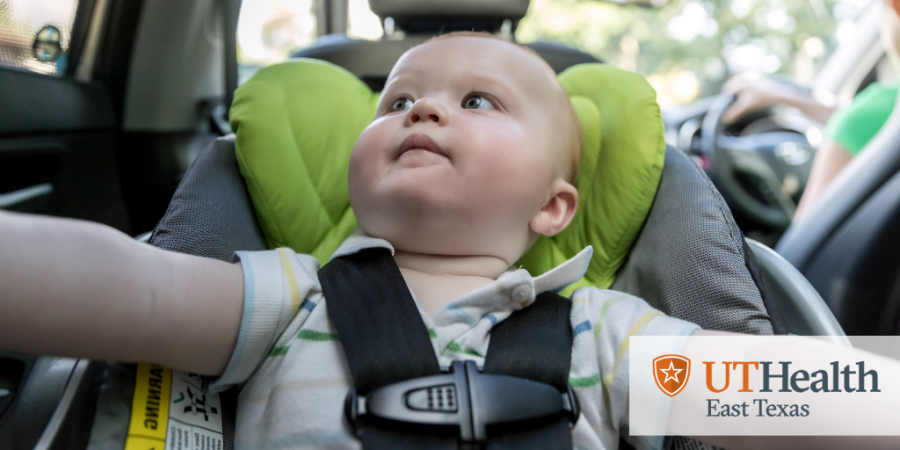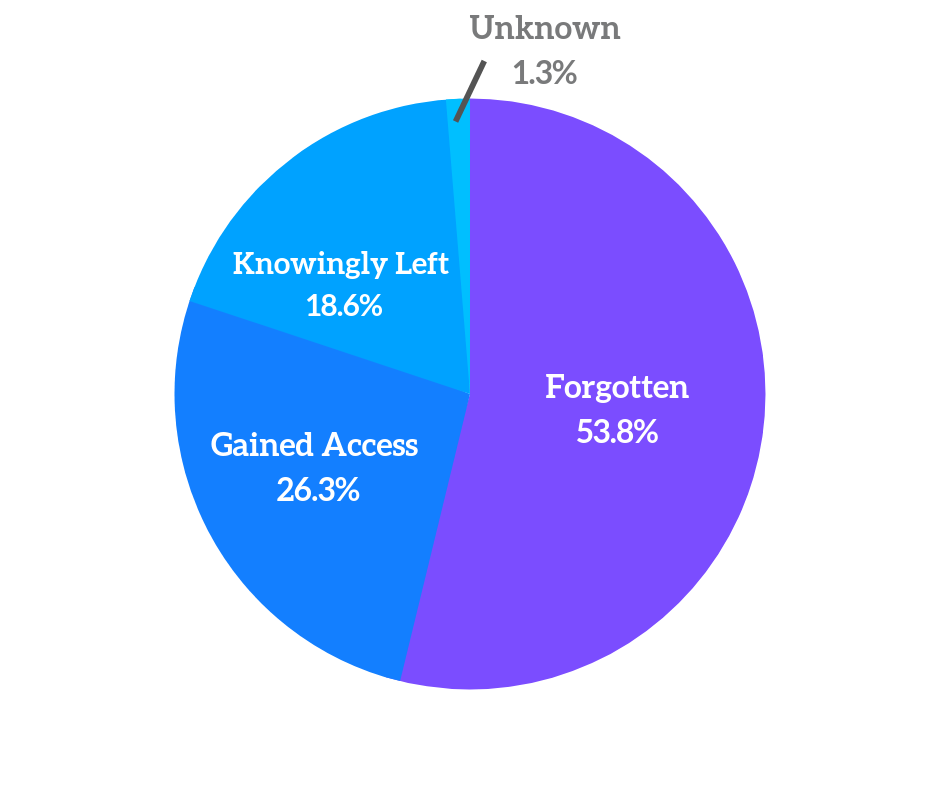
No one believes they will be the one to leave their child in a hot car, but every year the parents of more than 30 children are wrong. These tragedies can happen to the best, most loving parents, which is why it’s important for all moms, dads and caregivers to learn about the dangers of heat stroke and develop safety routines to prevent such a tragedy from happening. This is especially true in Texas, where more children than in any other state die due to heat stroke from being left in hot cars.
The Danger of Heat
Your car acts like a greenhouse, with the sun heating everything that is inside the car, making the air hotter. Thus, your car’s interior temperature will rise and become significantly hotter than the outside temperature. Even though we all know that our car feels hotter after it’s been sitting in the sun all day, there are several myths and surprising facts about how quickly your car can heat up.
MYTH: Parking in the shade will keep my car cool.
After just 10 minutes your car’s interior temperature can rise by 20 degrees. Parking in the shade has shown to have little effect on this increase.
MYTH: Cooler, overcast days will keep my car at a good temperature.
Heat stroke has occurred when the outside temperature was just 57 degrees. It doesn’t matter if it’s cloudy or cool, the heat in the car will quickly push a child’s core body temperature to dangerous levels.
MYTH: My child will be fine for five minutes.
A child’s body temperature will rise three to five times more quickly than an adult’s. Children also cannot regulate body temperature as effectively as adults, making them more susceptible to heat stroke.
How Accidents Happen
The three main causes of child deaths in cars are forgetting a child in the car, a child gaining access to a car and intentionally being left in the car. No parent thinks they would forget about their child but it’s only human to get distracted, forget to lock the doors or be in a haze.
Some common behaviors that can lead to forgetting that your child is in the car:
- Routine becoming hectic.
A change in everyday routine can make a person feel more scattered and lead to forgetfulness.
- Going into autopilot.
If you do the same thing over and over again your brain will switch into “autopilot mode,” meaning it will kind of shut down. If you’re used to driving the same route to work every day, you can sometimes arrive at your destination and not even remember how you got there. This mental haze can lead to forgetting when your child is in the car.
- Getting distracted.
Distractions are unpredictable and unavoidable. Distractions can be anything from nearly getting in a fender bender on your way to work, getting a call while driving or getting sucked into a riveting podcast. Distractions can disrupt your plan and lead to forgetting that your quiet child in the back seat.
- Being tired.
All parents know what it’s like to be overly tired. Like going into autopilot, being mentally exhausted can make you forget just about anything, no matter how important.
Prevent Deaths
It can seem impossible to imagine someone forgetting their child. However, getting distracted, switching up a routine or going into autopilot can happen to anyone. It’s normal for those things to happen and it’s only human to make mistakes, but that’s why it’s so crucial to develop good habits that will keep your child safe. Incorporate the tips below into your routine to help stay focused on your child’s safety.
Tips for making a safe car routine:
- When you put a child in your car, put something essential in the backseat. This will force you to check back there before getting out of the car. Choose items like an employee badge, your purse/briefcase, cellphone or even your left shoe.
- Make it a routine to open your back door every time you park. Do this even when you don’t have children in the car.
- Ask your babysitter or daycare to call you if your child has not arrived as scheduled.
- Set a unique alarm that goes off when you’re expected to arrive at your destination. Or set a specific reminder that tells you to drop off your child.
- Avoid distractions by never answering the phone while driving.
- Say where you are going out loud. Do this throughout the trip.
- Put a stuffed animal or some noticeable object in the car seat when you take your child out. When you put them in the car, move the object to the front seat as a visual cue that you have your child with you.
- If there is a change in who is driving the child, always communicate when the child has arrived at the destination.
- Talk to your child throughout the trip.
- Even if you know where you are going, set an audible GPS to the day care or babysitter’s house.
- Always lock the doors when you get out of the car and never have the keys accessible to children.
- Remind children that the car is not a play area.
- Ask neighbors to keep their cars locked.
- If a child is missing, check cars and the trunks of your vehicle and those around.
- If you see a child in a car, call 911. Send someone to find the driver and assist the child. You may be covered by “Good Samaritan Laws” if you have to break the window of a car to help a child.
Share out this information and safety tips with anyone and everyone, because anyone can be taking care of children or help a child in a dangerous situation. It’s all of our responsibility to keep children safe.
High temperatures can lead to heat exhaustion and heat stroke in both adults and children, if you are experiencing any symptoms, please call 911 and ask to be taken to the nearest UT Health East Texas emergency room.

